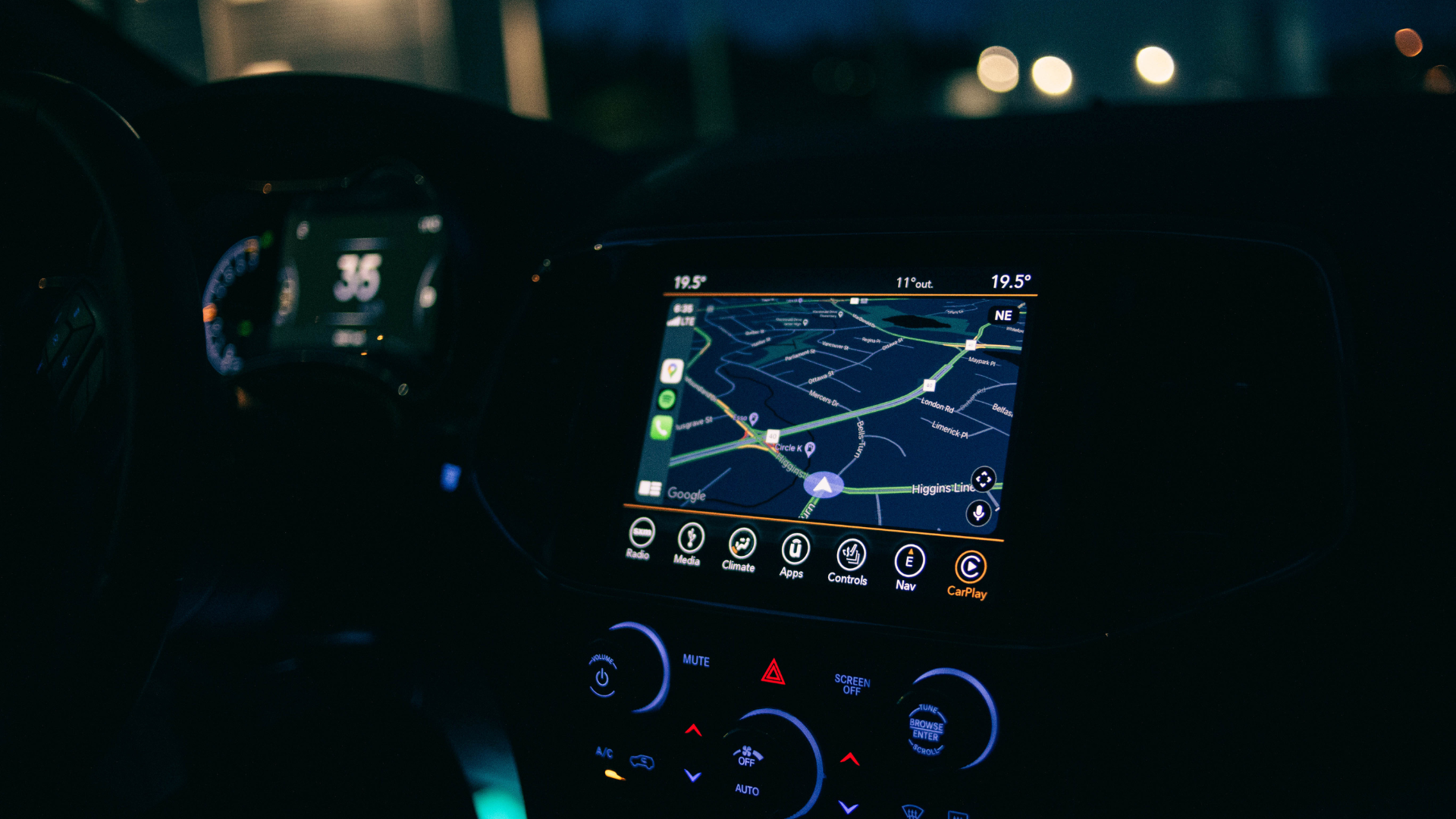The Reality of Distracted Driving: A Root Cause Analysis Perspective

Distracted driving has long been a point of concern, with numerous studies and regulations aimed at mitigating the associated risks. However, not all distractions are created equal. When we examine distracted driving through the lens of Root Cause Analysis (RCA), it becomes clear that visual distractions pose a far greater threat than cognitive ones like talking on a cell phone. So why do regulations often focus on behaviors like cell phone conversations while overlooking other, potentially more dangerous distractions?
Myth: Cell Phones as the Main Culprit of Distracted Driving
For years, public perception has equated talking on a cell phone with high collision risk. This “common sense” belief stems from the idea that conversations divert critical cognitive attention from driving. However, the evidence tells a different story.
Recent research, including naturalistic driving studies, suggests that simply talking on a phone, especially with a hands-free device, is not as risky as once believed. While early accident data implied a connection between cell phone use and collisions, later, more comprehensive studies found little to no increase in absolute risk. From an RCA perspective, this indicates that previous investigations may have focused on symptoms rather than the root causes of distracted driving incidents.
The sharp decline in overall accident rates, even as cell phone use has increased, further challenges the assumption that phone conversations are inherently dangerous. Correlation does not imply causation, but it suggests that there are more significant factors at play than talking while driving.
Visual Distraction: The Real Threat
When we analyze the root causes of accidents involving distraction, the real danger emerges: visual distractions. Whether it’s adjusting the GPS, tuning the radio, or looking away to open a water bottle, taking your eyes off the road, even briefly, introduces a much higher risk of a crash. In fact, research shows that looking away from the road for any reason increases accident risk far more than talking on a phone.
For instance, one study found that tuning the radio can increase crash risk by a factor of three to five. From a TapRooT® RCA perspective, this highlights the importance of identifying distractions that directly affect drivers’ ability to perceive and react to hazards in their environment.
The irony is that, despite widespread condemnation of cell phone use, modern vehicles come equipped with increasingly complex infotainment systems, touchscreens, and displays—all of which require visual attention and contribute to the problem of distraction. This points to a systemic issue: as technology advances, it introduces new risks that may not be fully understood or mitigated.
Defining Distraction: Context Matters
Another key consideration is the context in which distraction occurs. Distraction only becomes dangerous when it competes with the driving task. But driving doesn’t always require full attention—there are moments of high and low demand on the driver’s focus. The challenge is determining when a visual or cognitive distraction crosses the line into dangerous territory.
RCA helps us break down these moments to better understand the underlying causes. For example, a brief glance at the GPS may not be hazardous on a straight, empty highway but could be critical in heavy traffic or at high speeds. Understanding when distraction becomes dangerous is essential to developing more effective interventions.
Lessons Learned from the Distracted Driving Data
With over 65,900 Google hits on distracted driving, the real takeaway is simple: if you don’t look at the road, you won’t see potential hazards, and you’re more likely to have an accident. Visual distraction remains the primary concern in most real-world driving situations. So, why do many safety regulations and campaigns continue to focus on cognitive distractions like phone conversations?
For safety professionals and investigators, it’s crucial to ask the right questions and seek the root causes behind incidents. Instead of merely addressing the symptoms—like banning cell phone use—we should focus on the real risks, such as visual distractions and the design of in-car technologies. By doing so, we can make a more meaningful impact on reducing accidents and saving lives.
Conclusion
Distracted driving is a complex issue that requires a deeper understanding of the root causes behind incidents. From a TapRooT® RCA perspective, the evidence suggests that visual distractions, not cell phone conversations, pose the greatest risk on the road. As technology continues to evolve, it’s essential to stay vigilant and adapt our safety practices to address the true dangers drivers face.
Want to learn how TapRooT® can help you identify and address the real risks in your safety investigations? Visit our website to explore our RCA tools, attend one of our upcoming courses, or reach out to our team for personalized support.
By focusing on root causes rather than surface-level symptoms, we can develop more effective strategies to mitigate distracted driving and improve road safety for everyone.





Excellent!
When insurance applications offer discounts in exchange for tracking your movements, they often penalize you for cell phone usage, including when you’re utilizing GPS. By not using the GPS in many situations, you will likely make the drive far less safe.
They can charge me full price. I recently moved to a new city. I need my GPS.
Great article.